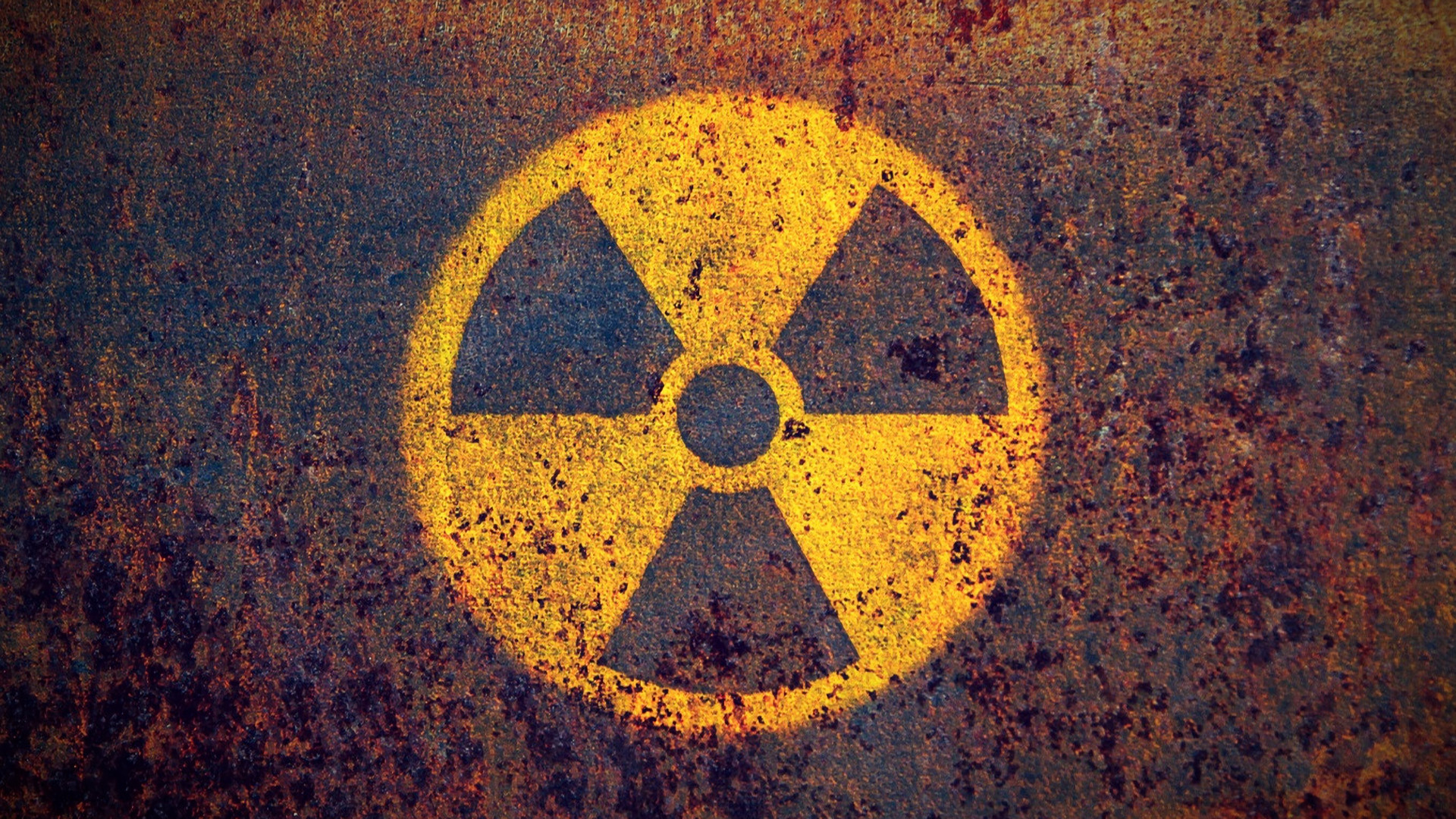
The future of efforts to limit the danger of nuclear weapons in global affairs— “non-proliferation” or “counter-proliferation” in unhelpful shorthand—is, alas, tolerably clear.[1] What to do about that future is not.
By Gregory F. Treverton
NOTE: The views expressed here are those of the author and do not necessarily represent or reflect the views of SMA, Inc.
The world has changed in at least four ways that will drive that future. First, the chances that a nuclear weapon will be used in anger are greater now than two decades ago and probably are going up. Geopolitical tensions between Russia and NATO and between the United States and China are on the rise. Russia (and Pakistan) have adopted NATO’s Cold War “first use” doctrine, threatening to use tactical nuclear weapons first in the event of a conventional war. Both have developed lower-yield tactical weapons to buttress the doctrine, and, worse, the United States seems tempted to follow suit with lower-yield, hence theoretically more usable, weapons of its own.
Second, the Trump administration pulled the United States out of the Intermediate Nuclear Forces (INF) treaty, on the argument that the Russians had violated it; to put an exclamation point on that withdrawal, the Pentagon has conducted tests of systems that violate the treaty. Once the United States announced its departure from the treaty, Russia followed suit. It is also unclear whether the administration will extend the U.S.-Russian treaty governing strategic nuclear forces, New START. The results signify the apparent end of major power arms control as it has been practiced since the Cold War. The bargain built into the Non-Proliferation Treaty (NPT)—would-be proliferators would refrain if the nuclear powers made efforts to rid the world of nuclear weapons—always was hypocritical but absent any major power arms control it is now entirely naked.
Third, the incentives to proliferate are also on the rise. Mr. Trump’s braggadocio about his wonderful relations with North Korea’s Kim Jong-un so far have produced only the continuation of that country’s march toward a nuclear arsenal. So, too, Trump’s abandonment of the U.S.-Iran nuclear agreement has only led that country to resume its nuclear program, albeit carefully and in stages. If North Korea becomes a full nuclear power, it is hard to imagine that South Korea and even Japan won’t be tempted by nuclear weapons—all the more so if they feel that Washington’s security guarantees are being hollowed out. And if Iran resumes its march toward nuclear weapons, Saudi Arabia surely will follow suit, for its leaders have said so openly.
Fourth, new pathways to nuclear weapons make detecting proliferation harder. No longer does enriching uranium to weapons-grade require large factories of centrifuges. A small factory will suffice, and would-be proliferators, especially North Korea, are adept at hiding or burying facilities. Moreover, the non-nuclear rich, like Saudi Arabia, may not need to build a weapon; they might simply buy one. Already there are unconfirmed reports that Saudi Arabia has a handful of nuclear weapons, presumably supplied by Pakistan. And since in the Middle East especially, nuclear weapons have no military purpose—they can only provide prestige and perhaps guard again regime change—Saudi Arabia might not need to actually have a weapon. Being thought to have one might be enough.
So, what to do? A start would be to undo the harm that the Trump administration has inflicted. Neither the INF treaty nor New START is ideal, but not talking is not going to improve either one. And both contain pretty intrusive verification arrangements, ones that are more valuable to the United States than Russia given America’s relatively greater transparency. The arrangements are a nice platform from which to build. New START, for instance, requires notifying the other side every time a missile or bomber is moved between bases, and when a missile is deployed or a new one produced. Both sides have 18 on-site inspections per year.
Opponents of existing arms control agreements argue that excluding China renders the agreements obsolete, and they have a point. China’s own nuclear modernization, while modest, undercuts its traditional argument that it is too small to play in the same arms control league as the big boys. Here too, though, it would probably be easier to lure China in if the big boys actually were playing, not just cajoling from the sidelines.
Failing that, smaller starts with China might be possible. Traditionally, the United States has identified nuclear safety, referring to the safety of the weapons themselves, as an area in which it has been willing to help even potential adversaries. It cooperated with China as that country built a state-of-the-art facility, the Center of Excellence for Nuclear Security. More venturesome would be offers to talk with China about how the United States might assist in rendering North Korea’s weapons harmless in the event of regime collapse or chaos in that country.
The United States might emulate Hippocrates: do no harm. Testing ground-launched intermediate range missiles is both provocative and silly, for no U.S. ally in either Europe or Asia will deploy them on its soil. The same is probably true of ground-launched cruise missiles, even ones with conventional warheads, given the absence of INF-treaty style arrangements for distinguishing them from nuclear warheads.
Finally, Mr. Trump’s distaste for allies and alliances notwithstanding, there is no substitute for security guarantees, lest allies substitute nuclear weapons for alliance commitments. The best hope for South Korea not going nuclear is to make clear to it that the United States is with it in America’s own interest, not just as a mercenary being paid for services in which it has little stake.
[1] This piece was stimulated by the meeting of an advisory board for Sandia National Laboratories. I thank my fellow board members for their insight but in no way implicate them in what follows.